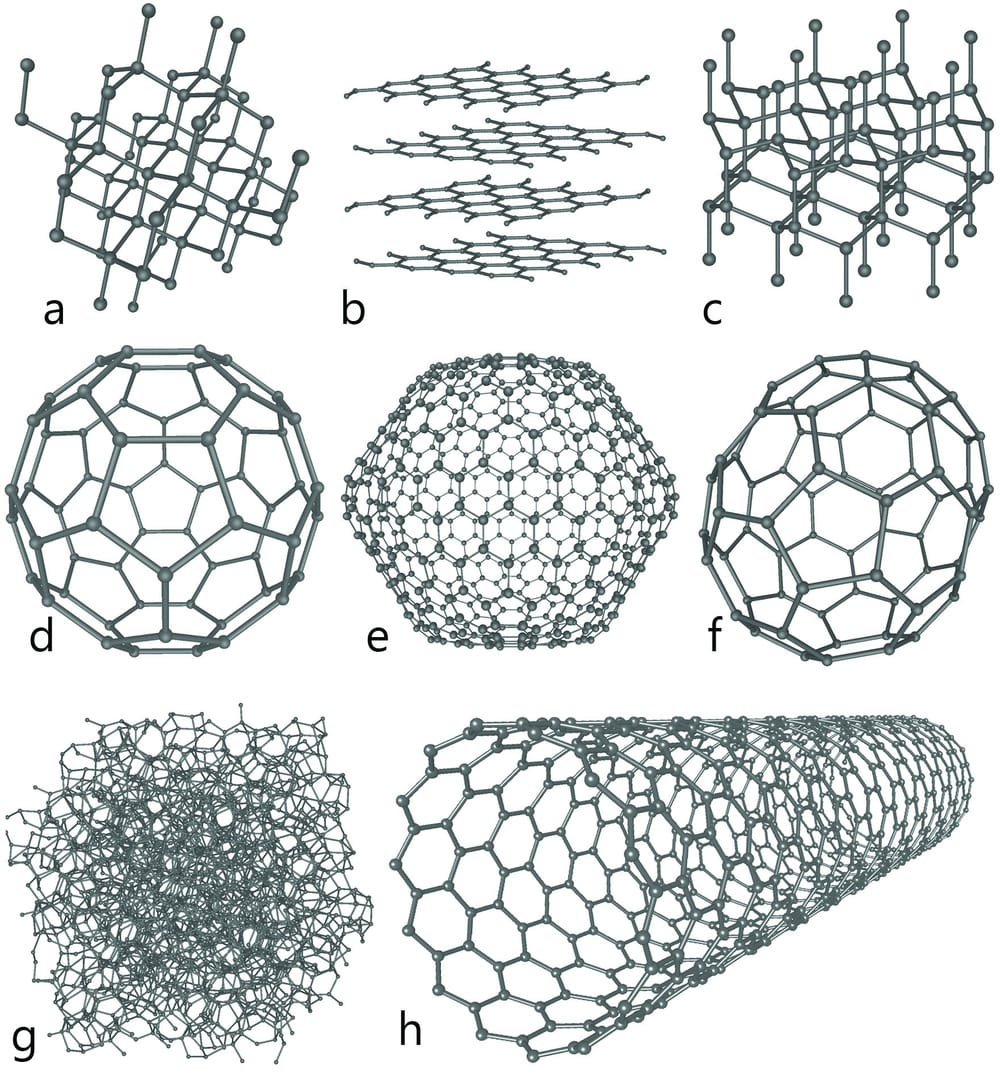Cloaking with carbon nanotubes
Douglas Heaven provides an update on the latest forays into invisibility

By recreating the naturally occurring effect of a mirage in the lab, researchers have hit upon a way to create cloaking devices that work for visible light, effectively making objects invisible when viewed from certain angles. Now, let’s just try to get through this without mentioning Harry Potter.
A mirage – like you often see on the surface of roads in the heat – occurs because light moves slightly faster through a medium when it’s hotter and, therefore, less dense.The difference in temperature between the air near a hot road surface and the air higher up makes light bend on its way to your eyes. When deflected in this way, light travelling from something above the road – the sky, in a typical desert mirage – can reach you from the angle of the road surface, creating an odd visual effect.
Dr. Ali Aliev and colleagues at the Nanotech Institute at the University of Dallas, Texas, have recreated this effect by using electrically heated sheets of carbon nanotubes. These wafer-thin sheets – around 20 micrometers thick – prove to be very effective at heating a surrounding medium, creating steep mirage-inducing temperature gradients near their surface. Due to the temperature inertia of the nanotube sheets, the temperature gradient can also be easily modulated resulting in different degrees of deflection for the light hitting the gradient.
The researchers explored the mirage effect by measuring the angular deflection of a laser beam directed parallel to the sheet’s surface. They found that deflection worksfor light in the UV to infrared range, a significantly greater range than for previous cloaking techniques. Carbon nanotube sheets are particularly good at producing light deflection because of their exceptionally high thermal interaction with surrounding media, caused in turn by the high internal surface area and high thermal conductivity of the individual nanotubes.
Aliev and colleagues also compared the deflection of light across different media, finding, for example, that the deflection angle in helium is much smaller than in air or argon, which is consistent with the low refractive index and high thermal diffusivity of helium. Overall, however, larger angles of deflection are produced in the higher density of a liquid than a gas, making the cloaking effect more pronounced in water than air, for instance. On the other hand, the higher density of a liquid increases the heat capacity of system and correspondingly reduces the obtainable rate for temperature modulation and, thus, angle of deflection.
The most obvious application of this kind of technology is in cloaking devices for submarines and other stealth vehicles. Unsurprisingly, the work was partly funded by an Office of Naval Research MURI grant and an Air Force Office of Scientific Research grant. But Aliev has also shown, in a paper published last year in Nano Letters, that modulating the temperature of the same carbon nanotube sheets produces sound waves. He has suggested this aspect could have useful applications in sonar technology for deep-sea exploration – and, of course, for finding those invisible submarines. On the other hand, it might also be possible to make these sheets into loudspeakers, as Chinese researchers demonstrated two years ago by making a speaker out of a flag. It appears we now have a whole new potential for loud clothing.
Aliev and colleagues published their latest results last week in the journal Nanotechnology.





